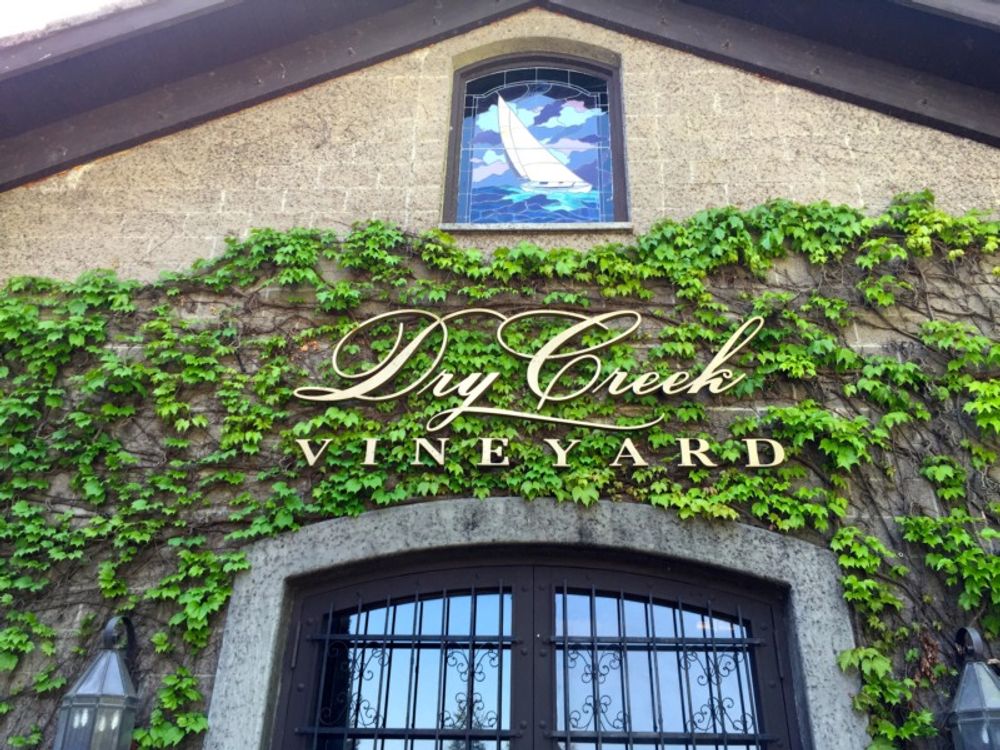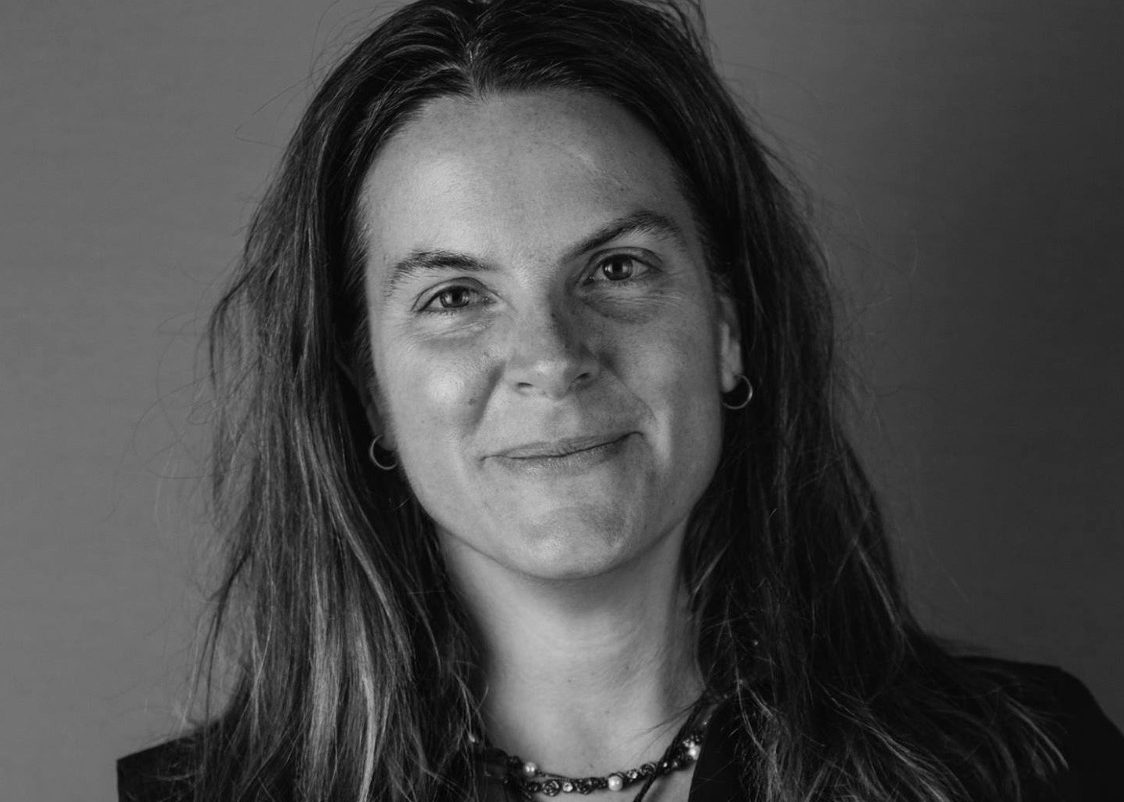Early adopters are rightly praised across business for being willing to take a risk and invest in new ideas. Here Cathy Huyghe of Enolytics explains the work it is doing to convince wine producers to be the first to use Big Data and digital technology to get closer to their consumers, so that they can know them better, and serve them better.
Early adopters
In the wine industry, and especially in the ecosystem of entrepreneurial startups, early adopters are some of the most valuable relationships to establish. They are like landmark events along the road of an early-stage venture, because they validate the idea and provide crucial feedback on what works (and what doesn’t) as the startup continues to grow.
The first five wine companies who were early adopters for Enolytics were a varied mix of businesses: Freixenet USA (see here for previous article on The Buyer), Dry Creek Vineyard from Sonoma, Fetzer Winery, the Wines of Chile trade organisation, and Tenuta Luce, part of the Marchesi de Frescobaldi estates from Tuscany.

Dry Creek Vineyard in Sonoma was one of the first to work with Enolytics to get closer to its consumers
Each of them had their own reason for being an early adopter and enlisting the services of Enolytics, along with our network of consumer- and trade-facing data partners. Explicitly wanting to be an early adopter wasn’t at the top of any of their priority lists of reasons; none of them needed (or necessarily even wanted) to be seen as the first to try something new.
What mattered – what ranked as most important – was the opportunity to be closer to consumers and to understand them better.
What mattered was having fresh and unique information about wine consumers, from data sources that hadn’t been tapped before. What tipped the scale to become an “early adopter” was a willingness to learn more, and listen to how wine consumers behave digitally, each and every day.
We hear about the importance of listening to consumers all the time, and we never hear objections to the sense that it makes. Carefully monitoring consumer sentiment will definitely help a business be attentive and response to changing tastes and preferences.
And yet…
And yet there is a gap between the intention of listening to consumers, and the actual execution of it. Within the wine industry, that’s traditionally (and notoriously) difficult, thanks in part to the physical gap between wine producer and end consumer. There are tiers and “middle men” in between and, unless you’re selling nearly all of your production directly from your cellar door, it’s hard to keep a finger on the pulse of consumer response to your wines. There are very noteworthy exceptions, facilitated by particularly involved and hands-on importers, distributors, and sommeliers. But the ability to understand consumers on a broader scale – outside the reach of even the best-intentioned trade partners – is limited.
The thing is that it doesn’t have to be, not with the technology that consumers use every day digitally to record their responses and behaviour and feelings about wine. The industry has changed, and consumer interaction with the industry has also changed.
Our early adopters understand our capability of aggregating hundreds of thousands of those consumer data records from all over the world, every single day. The data closes the gap between the intention of listening, and the execution of it.
We can then think about filling the gap with information as the “who-what-where-when” of the consumer.
Case study: Luce della Vite

Analysing consumer data alllowed Luce della Vite to pinpoint down to postcode level where consumers were interested in their wines.
It helps to look specifically at the case of Luce della Vite, and at takeaways from the results of our analysis.
- Our work for Luce visualised maps of consumer interest in their wines; the data told them where that interest lives, down to the scale of one square block.
- Layering another data set on top of the maps told them more demographic detail about those consumers, like income levels and average housing prices. The data told them who is interested in their wines.
- Segmenting the data in another way told Luce which other wines consumers are interested in within that very same geographically-defined area. The data told them what else consumers are interested in, when they’re also interested in Luce wines.
- Since the data records are stamped with both a time of interaction and a latitude and longitude of the interaction, it told Luce about the “when” of interest – peaks of days or months or seasons or times of the day.
Each point, and especially the aggregate of these points of information, fleshed out Luce’s perception of their consumer. The data enlivened their understanding, which helps them to serve their customers better.
Moving Forward
The result of completing projects like this for early adopters is, of course, proof of concept, which ideally persuades other potential clients to engage in this kind of work.
We’ve noticed that, curiously, similar characteristics are common to new clients as they are to early adopters. Open-mindedness most critical, for example, since working with a new idea requires imagination to see how a concept that literally had not been done before can be freshly applied to a different business situation. It also helps for new clients, and key members of the leadership team, to possess familiarity with at least some of the tools of working with consumer data, though that is not imperative.
The majority of Enolytics’ work is similar to the Luce project in that it brings a client closer to the consumers they aim to serve. Since so many of our data partners have a global footprint, we can deliver insights about consumers in New York just as easily as consumers in Madrid, London, Sydney, or Buenos Aires.
An increasing segment of our work involves a wine business’ own data, which delivers insights on two fronts: we visualise the company’s internal intelligence that it has accumulated over time and we make that intelligence dynamically accessible to them, and we contextualise that intelligence within the broader landscape of consumer behaviour and sentiment. It’s a powerful combination that weaves together the local and global perspectives.
- If you would like to find out more about how Cathy Huyghe and Enolytics might be able to unravel the Big Data in your business then contact her at cathy@enolytics.com, or through www.enolytics.com.









































